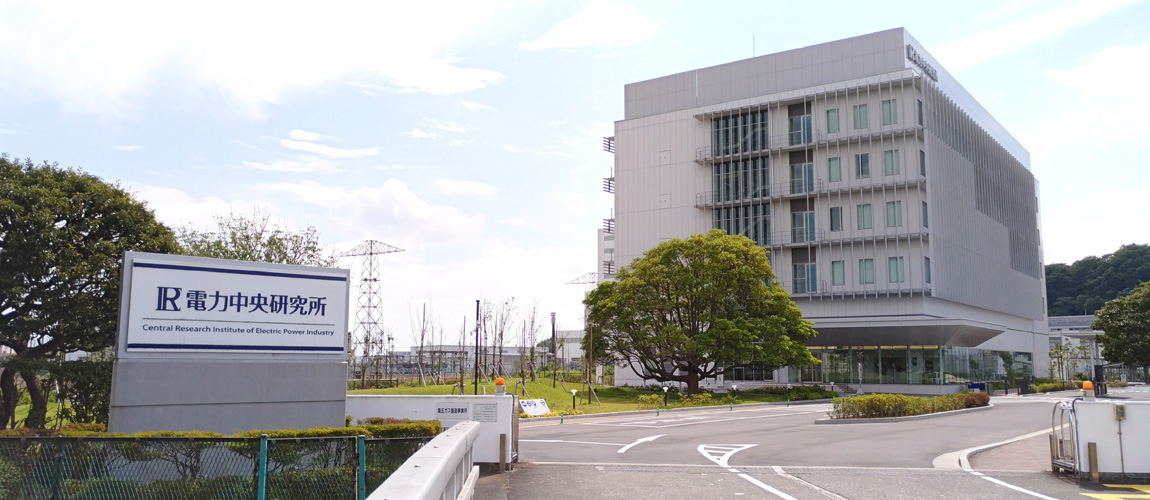
CRIEPI was established in 1951 as a Japanese nonprofit public benefit corporation to undertake research and development activities related to energy and the environment, and Energy Engineering Research Laboratory (EERL) was established in 2004 through reorganization. We reviewed the four research areas in April 2016 and reconstructed research sectores with easy to understand and efficient for the future.
Among the major changes in the environment surrounding the energy industry, as evidenced by deregulation of the energy and electrical power markets, a heightened awareness of the global warming issues, and diversification of lifestyles, EERL is working on support of utilization and technology for present power stations, proposal and development of high efficiency, low cost and clean new power generation technology for the next generation, and creation of an energy platform in harmonized with society and the environment.
| Name | Energy Engineering Research Laboratory |
|---|---|
| Date Established | April 2004 |
| Director | Saburo Hara |
| Address | 2-6-1 Nagasaka, Yokosuka-shi Kanagawa 240-0196 |
Breakdown of personnel

Breakdown of researcher's specialization


Director, Energy Engineering Research Laboratory
Associate Vice President
Saburo Hara
Energy Engineering Research Laboratory (EERL) of CRIEPI is conducting research and development in the field of thermal power generation and energy utilization, to resolve various problems occurring in existing thermal power plants, to develop next-generation thermal power generation technology, and to realize environmentally friendly and efficient energy use in the future.
Since almost all the energy resources of domestic thermal power generation are imported, Japan needs to maximize potential of existing thermal power plants. We are promoting a wide R&D programs, such as solutions for various failures and troubles occurring in thermal power plants, prior evaluations of fuels for power generation, investigations of substances that may have adverse effect on the environment, effective use of coal fly ash, etc.
Next-generation power generation technology has to achieve higher thermal efficiency than ever and to have superior environmental protection performance. Toward the realization of the technology we are working on expansion of renewable energy and diversification of fuels for power generation with no adverse effect on the environment.
Future society will require harmonization between global environment and energy utilization. Pursuing environmentally sound power generation technology, EERL continues R&D for efficient utilization of heat and power like fuel cell, promotion and expansion of effective use of geothermal power, variable solar and wind powers, etc.
While cleverly using the existing power plants, to steadily improve the society that future people would like to see, EERL continues R&D of the energy utilization technology for the future.